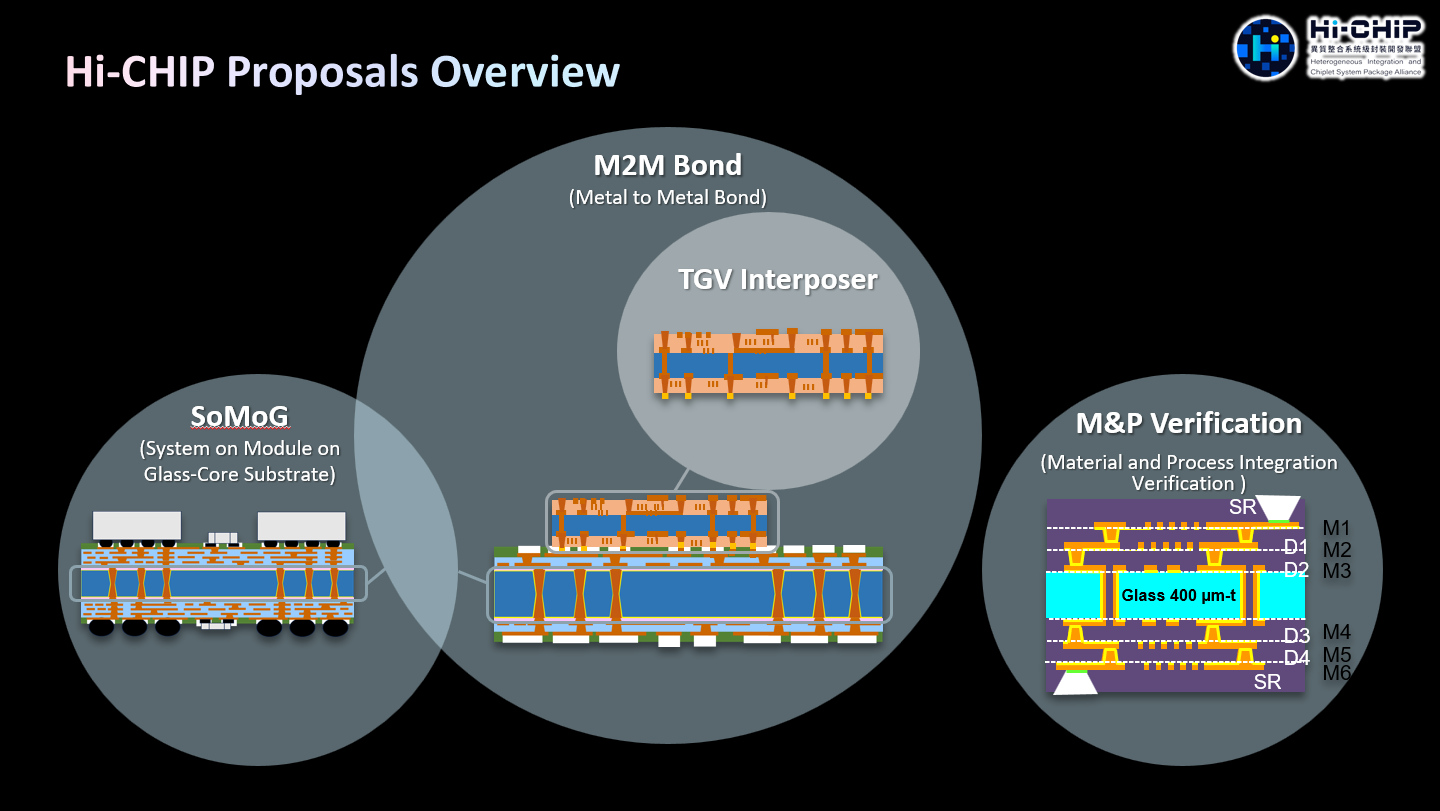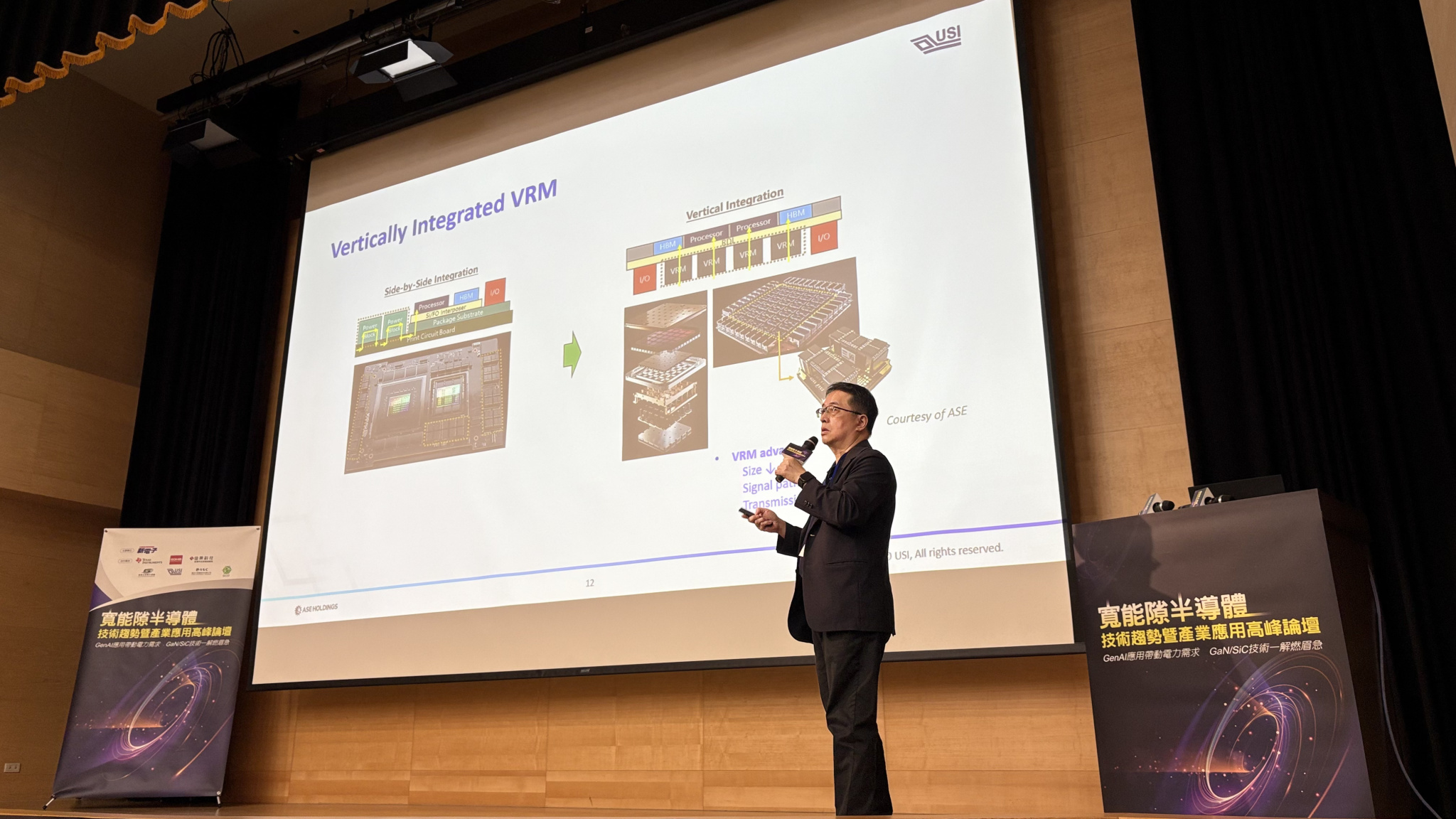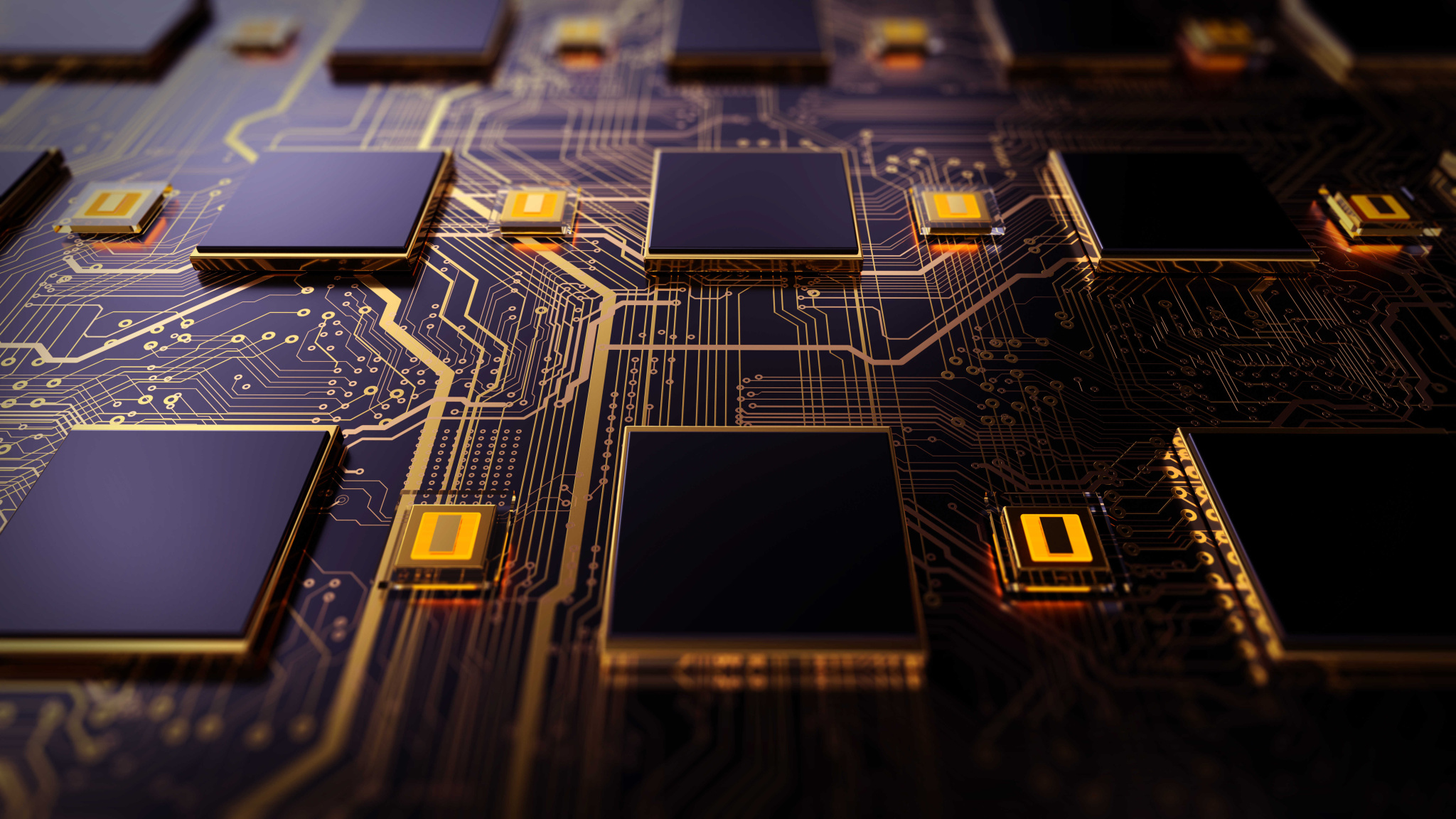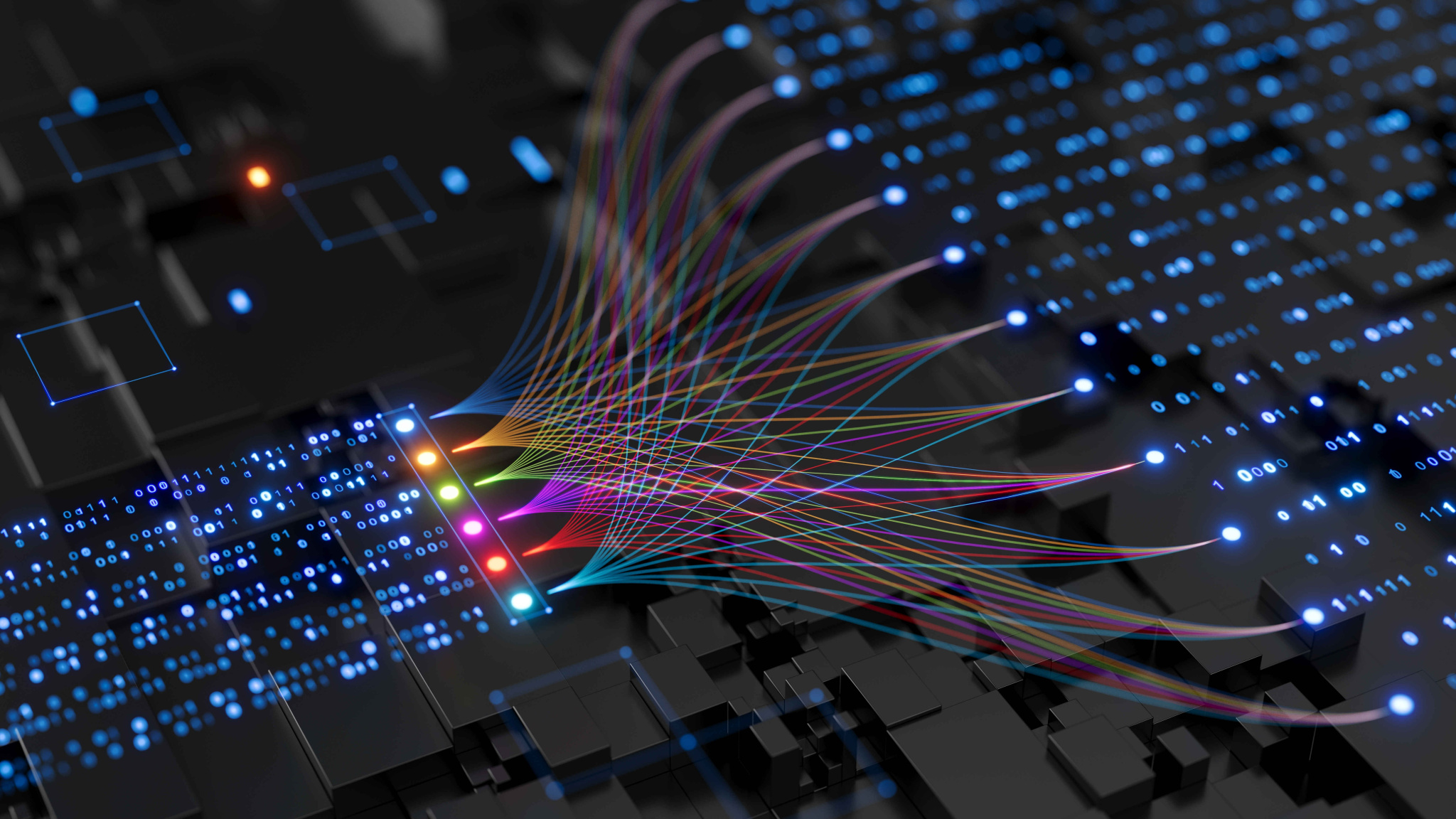Search
- 01/03/2022
Touch the heart of xEV, feel the power it beholds
The powertrain of electronic vehicles is nothing but what keeps the vehicle running or provides power to the vehicle. Increasing environmental concern and reducing carbon emission go hand in hand as governments worldwide have given a green signal to relative requirements to drive the manufacturing and marketing of electric vehicles (EVs).
Auto OEMs have fastened up the design and development of EV and powertrains to meet the ever-rising carbon emission demands and standards to avoid predictable loss and potential penalties. The driving force behind the sudden growth of Electronic Vehicles includes:
- A change in OEMs strategy.
- Maturity of the commercial EV market.
- Change in the consumer's confidence.
To fulfill the environmental restriction by the government worldwide, the HEV/EV market took off in recent years. But the main obstacles come from the manufacturing part as the EV powertrain consists of a lot fewer components than other vehicles powertrains. The powertrain systems of electric vehicles are very different from traditional internal combustion engines (ICE) in terms of structures and frameworks.
In electric vehicles, there are five major electric systems: body electrics, charging systems, powertrain systems, electric motors, and thermal systems. Most important would be the powertrain systems which ensure the vehicle can deliver you to your destination without any worries. The details of the powertrain system are as follows:
- Pack of Battery – It comprises multiple Lithium-ion cells needed to store the energy and run the vehicle. These battery packs provide direct current (DC) output.
- Body Control Module (BCM) – The body control module controls and supervises accessories such as vehicle access control, power windows, security, mirrors, and many more.
- DC – AC Converter – The output in DC is converted to AC to be further supplied to the electric motor. The transfer of power is controlled and managed by a motor control mechanism, which contains the frequency and magnitude of the voltage provided to the electric motor to handle the acceleration as per the driver's instruction.
- Thermal Management System – Responsible for maintaining and controlling optimum operating temperature range for the powertrain components.
- Electric Motor – Electrical energy is converted to mechanical energy, delivered via single ratio transmission. Multiple EVs use motor generators which can perform regeneration as well.
- DC-DC Converter – This converter helps distribute power among multiple systems by changing the fixed voltage into a flexible one. It takes energy from the battery packs and reduces it to the required levels.
- On-board Charger – The AC received is converted into DC, which controls the amount of current flowing into the battery packs.
- Battery Management System – Responsible for taking care of the battery's state while taking necessary measures in case of a malfunction. BMS ensures maximum efficiency from the battery pack.
Due to GaN’s unique properties, it allows faster switching, better heat transfer, and higher power, and can be applied to various applications, including onboard charger, DC-DC converter, and traction inverter for electric vehicles, data center power supply units, mobile phone charger adapters, as well as areas requiring faster charging, lower energy losses, and smaller equipment. These same properties also allow the increase of electric vehicle driving range.
The GaN power market is expected to reach the US$1.1 billion mark in 2026. In 2026, consumer applications, as the main driver, will represent 61% of the total GaN market. The consumer market segment will grow to ~US$672 million in 2026 with a CAGR of 69%. The automobile market segment will grow to ~US$155 million with a CAGR of 185%.
GaN is still a few years from being used in automotive powertrains. However, applications for sensing applications, DC-DC converters, and on-board charging equipment. GaN is best-suited for power applications where high switching frequencies are needed along with lower voltages. While widespread adoption of SiC is expected to continue with 800V powertrains and high-powered applications.
Recently in 2021 Q4, USI became a strategic investor in GaN Systems Inc. (“GaN Systems”) growth funding. The GaN Systems is a leading power semiconductor company engaged in the design, development, and production of devices using third-generation semiconductor material gallium nitride (“GaN”), is known for its transistor performance and reliability, and funding.
Having over 4 decades of experience in manufacturing electrical power modules, USI is looking forward to creating differentiation through collaboration with advanced partners to continuously provide upgrading EV-related power manufacturing and better testing technologies.
Keep up with top trending topic
For the latest innovation technology, application
and industry insight.
Subscribe Our Blog
For the latest innovation technology, application
and industry insight.














